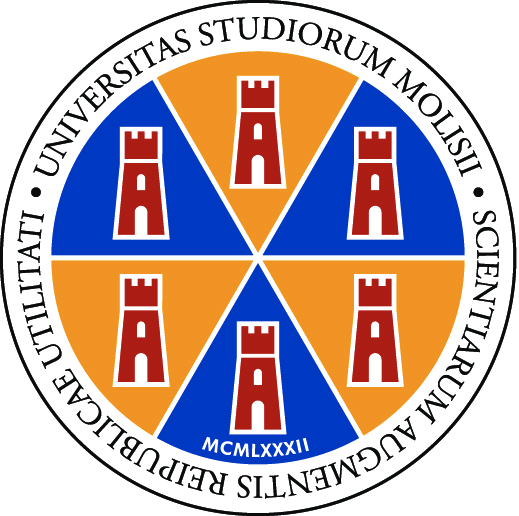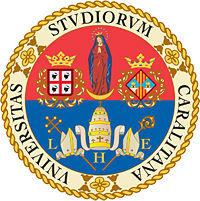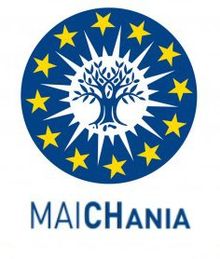Hei-pladi project
The Global Plant Conservation Strategy mission is a catalyst for collaboration at all levels - local, national, regional and global - to understand, conserve and sustainably use the vast wealth of plant diversity while promoting awareness and building the necessary capacity for its implementation. Interdisciplinary collaboration across EU borders in a strategic partnership involving higher education institutions, environmental and research organizations (botanical gardens, gene banks, universities, research institutes, NGOs) can significantly contribute to a better understanding of plant diversity threats and their possible solutions, responding also to the current and future labor market. Project HEI PLADI highlights constructive cooperation and integration between five universities, a research institute and botanical gardens, exchanging experiences in the characterization, management and conservation of plant biodiversity and educating the public.
The HEI-PLADI project aims to support:
- Implementing changes in accordance with the priority areas covered by the 2011 Modernization Agenda;
- Development of the European Skills and Qualifications Area;
- Improving the use of digital information in learning, teaching, training and youth work at various levels.
To this end, a higher education program based on flexible learning pathways in plant biodiversity assessment, conservation and management has been developed, tested and implemented at a micro-scale. To improve mobility and provide students with additional opportunities to learn new skills in plant biodiversity, the program will integrate the vitrual and physical mobility of young people, in line with the EU's 2011 modernization priorities and using ICT.
The first beneficiaries of the project are students from the 5 universities involved in the project, following a flexible learning path that includes courses on e-learning platform and/or practical activities planned as multi-day exercises. Although the project supports the physical mobility of a group of about 20 people, a larger number of students can take advantage of courses on the e-learning platform reaping the benefits, since the courses are settled with ECTS credits. In addition, since the multimedia courses produced during the project will remain teaching materials (so-called "open learning objects"), potential beneficiaries of the program at the local, regional, national and international levels in the years to come will be: teachers, technicians and laboratorians, creating herbaria, collecting museum resources, gene bank staff, botanical gardens, parks, arboreta, plant nurseries and other plant biodiversity projects.
As part of the project, we are working with:







